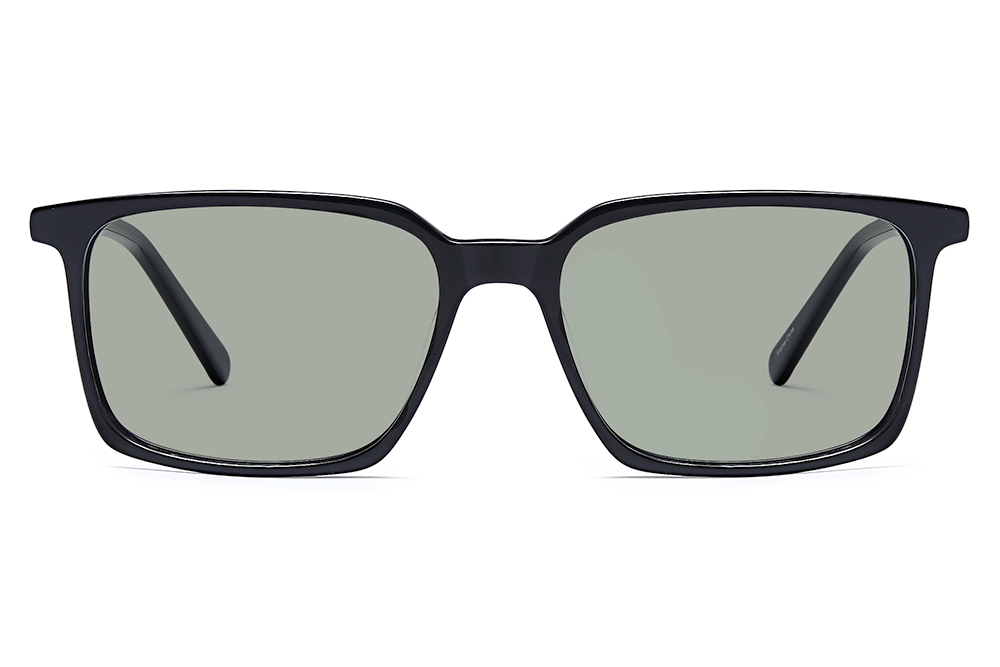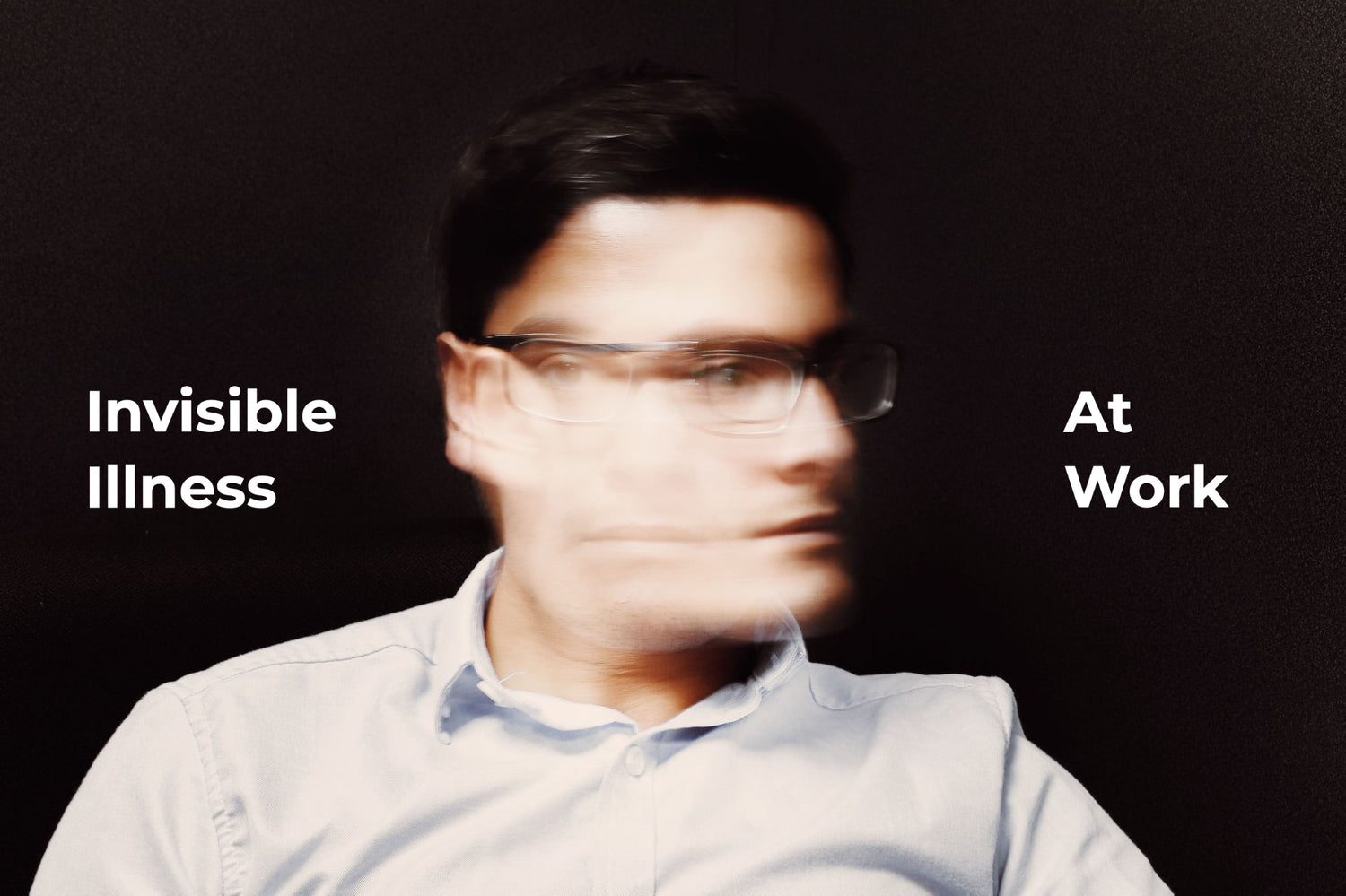Migraine Is An Invisible Illness
You may be able to point out that person in the office that seems to take a lot of sick days. I’d be willing to bet most people don’t know why that person’s absent. Statistically, there’s a good chance that person’s experiencing a migraine attack and feeling the emotions brought on by the stigma that comes with it.
Migraine is often misunderstood as a simple “headache”. In reality, it’s a neurological disorder with symptoms that cause throbbing pain, dizziness, and nausea for that team member with migraine. It’s an invisible illness affecting the daily lives of far too many people. The World Health Organization (WHO) estimates the global migraine prevalence to be 14.7%, also noting that the disorder’s prevalence in women is three times more likely than in men.

How Does Migraine Affect Our Workplace and Economy?
In 2018, Deloitte Australia published the “Migraine in Australia Whitepaper”1 showcasing staggering statistics on the prevalence of migraine and how the disease disproportionately affects women in their working years. While the overall prevalence in Australia is estimated at a higher 20.55%, the migraine prevalence of women between the ages of 25 and 49 is over 40% in Australia. Within the average workforce in Australia, just about every other female employee experiences migraine attacks.


According to Deloitte, “the total economic cost of migraine in Australia is AUD $35.7 billion. This consists of: $14.3 billion of health system costs; $16.3 billion of productivity costs; and $5.1 billion of other costs.”
You may be thinking, what about a person’s wellbeing? How do we place value on that to begin to understand migraine’s effect?
The WHO developed a burden of disease methodology, which is a measure of mortality and disability from conditions for populations around the world. This methodology is a non-financial approach where life and health can be measured in DALYs. Deloitte used the WHO’s methodology along with the value of a statistical life figure (provided by The Department of Prime Minister and Cabinet to be around AUD $196,636 in 2018) to place a dollar value on migraine’s wellbeing cost.
In addition to the above actual cost numbers, there are AUD $40 billion in wellbeing costs associated with migraine in 2018. They further detail that in 2018, “the wellbeing cost of chronic migraine is AUD $36,440 per person and $5,885 per episodic migraine sufferer.” These numbers make the impact of migraine more tangible to our society. The impact is real and relatable.

An Investment in Health and Wellbeing
In recent months, there have been an influx of corroborating publications outlining the extreme costs of chronic diseases and overall poor health management within the workplace. According to the report “Prioritizing Health: A prescription for prosperity”2 published in July 2020 by the McKinsey Global Institute:
Viewed on a cost-benefit basis, focusing on known health improvements could deliver an incremental economic benefit of $2 to $4 for each $1 invested.
The economic and welfare benefits we have estimated far exceed the implementation costs of achieving this level of health improvement, delivering a GDP uplift of $2 to $4 for each $1 invested over 20 years.

Per McKinsey’s research, there is a clear benefit. Allocating funds to preventative healthcare should be at the top of the list. Employers can help manage health within their workforce through investments in behavioral programs, workplace accommodations, and in health management tools suitable for the workplace.
This is a progressive step that keeps employees happy and healthy in addition to possibly reducing overall health costs and costs associated with absenteeism & presenteeism within the workforce. The McKinsey report also stated:
The economic benefits from the health improvements we size are substantial enough to add $12 trillion or 8 percent to global GDP in 2040.
This presents a huge opportunity for employers to both improve the health of their employees and see a real return on investment from both a financial and societal wellbeing perspective. Within the same McKinsey study, they observed that:
Improvements in health have extended lives and improved quality of life, contributing to the rapid expansion of the labor force and labor productivity in the second half of the 20th century, which were key factors behind strong economic growth over that period. As countries grew richer, they invested in better food and safer environments, creating a virtuous cycle of improved health and higher incomes. Economists estimate that about one-third of economic growth in advanced economies in the past century could be attributed to improvements in the health of global populations. Research focused on more recent years has found that health contributed almost as much to income growth as education.
How to Stay Ahead of the Curve
Some corporations are already taking steps to proactively manage employee health. Take this example outlined in an article published by Harvard Business Review (HBR)3:
Digestive health company, Vivante Health, in partnership with insurance broker NFP, implemented workplace gut-health programs and they saw a massive return on investment. Poor digestive health affects over 70 million people in the United States and according to HBR, it is the 2nd highest cost to the U.S. healthcare system. It’s not only comprised of direct healthcare costs, one also needs to account for the missed days of work (absenteeism). Both employers and their stakeholders are direct beneficiaries of improved gut health.
A critical step to preventative care for any employer is to plan on proactive management. In addressing migraine, as its impact is clearly measured and its prevalence irrefutable, the first step is awareness. Acknowledge that migraine exists within your workforce. Once migraine makes it onto your healthcare agenda, there are some clear steps you can take.
Physical Workspace Accommodations for People With Migraine
Some accommodations can be made within the physical workspace:
-
Adjust the office lighting. Over 80% of people with migraine report light sensitivity. Light is a migraine trigger and it can intensify migraine related head and eye pain.
- Fluorescent lighting and powerful LED lights can worsen and trigger migraine attacks.
- Install dimmable lights or maintain dimly lit offices as migraine safe-zones.
- Within those same safe-zones, label them as quiet areas. Loud noise can worsen head pain.
- Encourage a fragrance-free office or fragrance-free zones. Strong smells can trigger migraine attacks and can intensify symptoms.
Behavioral Coaching for People With Migraine
Employers can implement behavioral coaching strategies to help employees manage their migraine triggers and lead healthy lives. There are telehealth companies specifically focusing on these methods for workforce health management. Employees can even track their migraine attacks and triggers using a diary. There are apps available freely that can immediately help people with migraine log and identify triggers (Migraine Buddy).
Preventative Migraine & Light Sensitivity Tools
Using Avulux migraine glasses in the workplace aligns with proactively and effectively managing light as a migraine trigger in the workplace. Technology has allowed our workforce and our society to continue working through a global pandemic. The downside is that we’re glued to our screens now, more than ever. Our computers, phones, televisions, and sometimes even your local restaurant’s menu are consistently there to light up your day, unfortunately. For someone with migraine, light is a migraine trigger and we can’t escape all of it in our digital working world (read more about the science behind light and migraine here).
Avulux migraine glasses function to absorb and prevent the most harmful light from both natural and synthetic light sources from entering your eyes. It effectively helps manage light and its impact. Avulux is evidence-based and is classified as a Class I medical device in Canada, the U.K., and the E.U.
You’ll have to strategize to proactively manage employee health. It’s likely that a mixture of tools and solutions will be the key to success. The numbers and societal sentiment have spoken: an investment in your workforce is an investment in growth, wellbeing, happiness, and success.
References:
1https://www2.deloitte.com/au/en/ pages/economics/articles/ migraine-australia-whitepaper.html
3https://hbr.org/2020/03/ how-to-market-a-product-when- your-buyer-isnt-your-user













